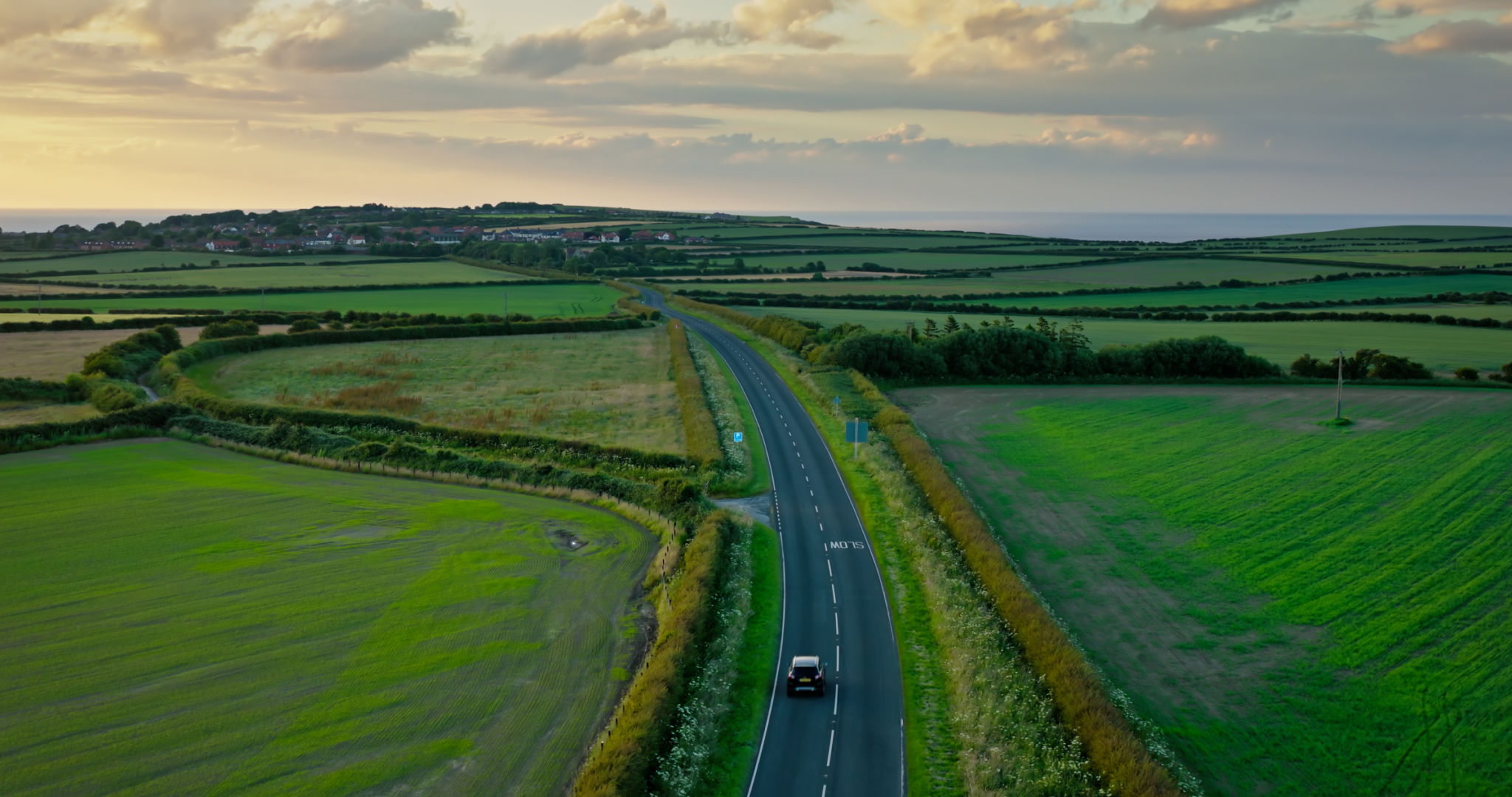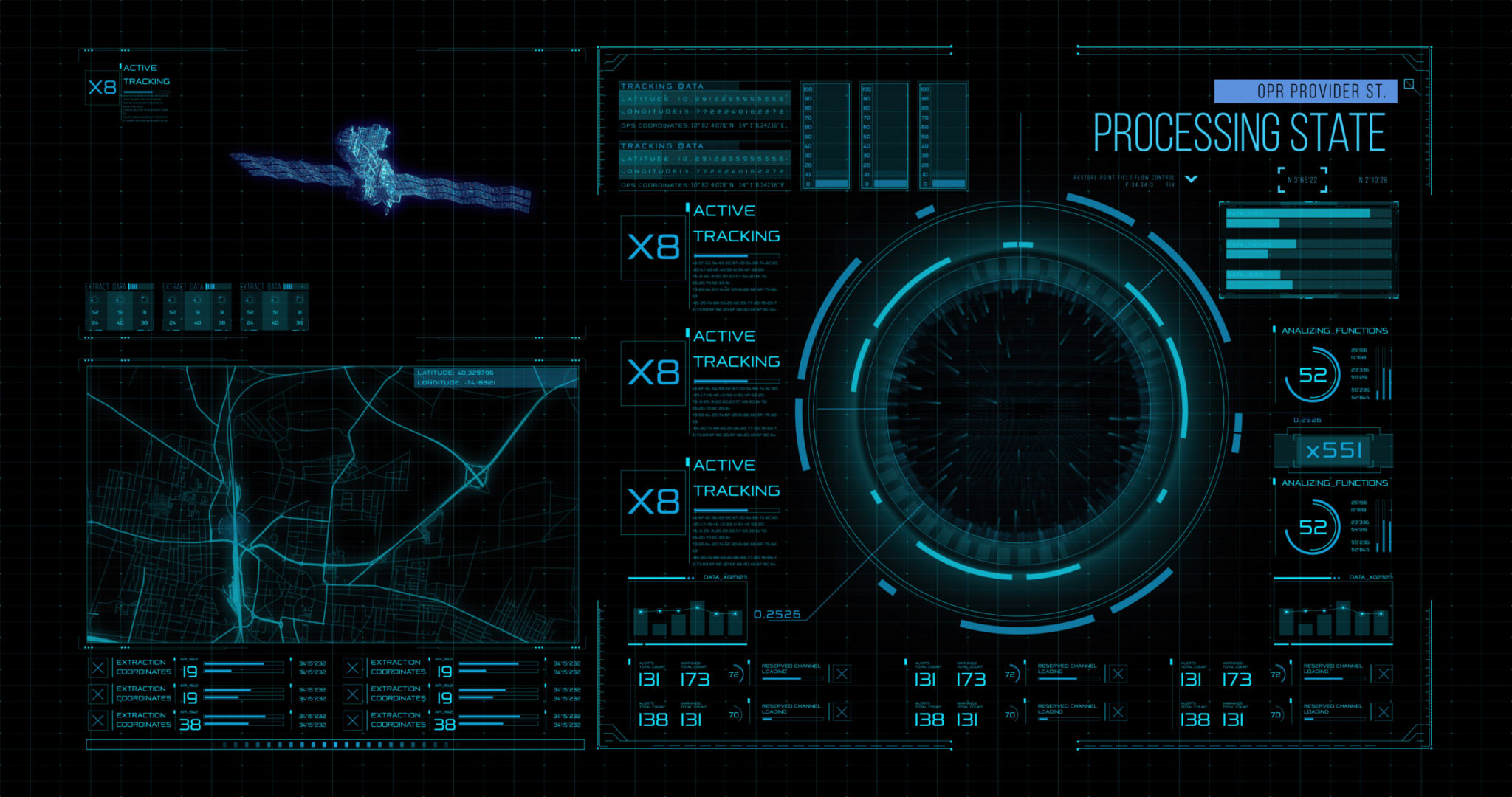Getting Started with Drone Crop Monitoring Systems: A Comprehensive Guide
Understanding Drone Crop Monitoring Systems
Drone technology is revolutionizing agriculture by providing farmers with an innovative way to monitor their crops. These systems offer a bird's-eye view of fields, enabling precise data collection that can enhance decision-making and boost crop yields. If you're new to this technology, understanding its components and how it works is crucial to getting started.

Key Components of Drone Crop Monitoring Systems
A typical drone crop monitoring system comprises several essential components. At the heart is the drone, equipped with sensors and cameras to capture detailed images and data. These drones often come with GPS systems for precise navigation. Software applications then process the collected data, transforming it into actionable insights.
The sensors on these drones can include RGB cameras for visual imaging, multispectral sensors for analyzing plant health, and thermal cameras for soil moisture mapping. Choosing the right combination of sensors depends on your specific agricultural needs.
Benefits of Using Drone Technology in Agriculture
Implementing drone systems in agriculture offers numerous advantages. Firstly, they provide real-time data, which allows for quicker responses to potential issues. Secondly, drones can cover large areas much faster than traditional methods, saving time and labor costs. Additionally, this technology can help improve crop management by offering precise data on plant health and soil conditions.

Getting Started: Initial Steps
If you're considering integrating drone technology into your farming practices, the first step is to identify your specific needs. Determine what you aim to achieve with drone monitoring, whether it's assessing plant health, checking irrigation efficiency, or spotting pest infestations.
Once you have clear objectives, research the types of drones and sensors that best suit your requirements. Consider factors such as flight duration, sensor capabilities, and ease of use. Additionally, ensure compliance with local regulations regarding drone operations.
Choosing the Right Drone and Software
Selecting the appropriate drone and software can be daunting due to the variety of options available. It's important to choose a drone that offers the necessary flight time and payload capacity to carry the required sensors. The software should be user-friendly and capable of processing data efficiently.

Training and Certification
Operating a drone for agricultural purposes requires a certain level of expertise. Investing in training programs can be beneficial for understanding how to pilot drones effectively and interpret the data collected. Some regions may also require certification for commercial drone use, so be sure to check local requirements.
Integration and Future Prospects
Once you've successfully incorporated drone technology into your farming operations, it's important to regularly analyze the data to make informed decisions. The integration process might take some time, but the benefits of improved crop management and efficiency will be evident.
As technology advances, drone systems will continue to evolve, offering even more sophisticated tools for precision agriculture. Staying updated with these developments can ensure you remain at the forefront of agricultural innovation.